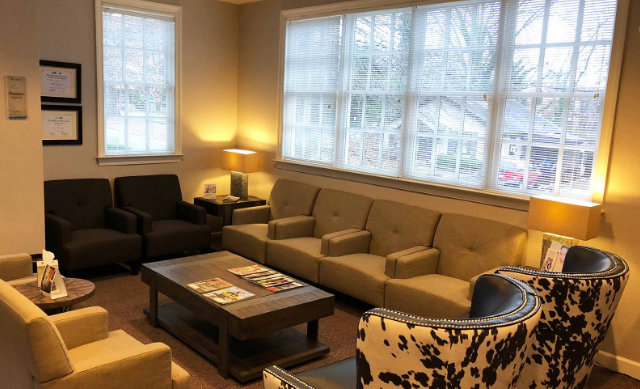
If it has been several years since you have visited the dentist, you may hear the term “debridement.” Debridement is a procedure or process of removing hardened tartar or layers of stubborn plaque along the teeth and gums so that the actual condition of the teeth can be properly evaluated.
Reasons for Debridement
This preliminary procedure is reserved for patients whose teeth are heavily colonized with significant levels of plaque buildup. Plaque forms on the teeth just minutes after we consume food. However, if it is not properly cleaned away, plaque begins to harden. Only a professional teeth cleaning from you dentist can remove plaque once it has hardened or turns into tartar. Therefore, if you’ve skipped multiple routine dental cleanings, your dentist may have some extra work to do to remove this thick layer of plaque. This is called debridement.
How is Debridement Performed
Don’t worry; debridement is not painful or invasive. During the procedure, your dentist will diligently and carefully navigate the contours of your tooth and gums using a special ultrasonic device and scaling tools. The goal of debridement is to remove both supragingival plaque (on the surface of the gums/teeth) as well as subgingival plaque (below the gum surface). Ultrasonic cleaning relies on water and high-frequency vibrations to dislodge stubborn buildup of tarter. In doing so, your dentist can not only gain a clearer picture of your dental health but also help to prevent (or reverse) gum disease and cavities.
To maximize comfort, some patients can benefit from a local anesthetic and/or elect sedation dentistry using nitrous oxide. This is common for those who have avoided the dental office for years or who may fear a lengthy time in the dental chair. With sedation dentistry, modern ultrasonic technology and your dentist’s skilled technique, debridement can absolutely be a painless experience.
The Follow-Up
It is important to understand that debridement is typically considered as a preliminary procedure that prepares patients for a more comprehensive dental examination. Follow-up visits after the debridement can determine if any further dental procedures are required to restore your smile health. To learn more about debridement, call Gilreath Family Dentistry. We welcome all patients to our Marietta office – even if it has been several years since you’ve seen a dentist!
Posted on behalf of Dr. Paul Gilreath IV,

